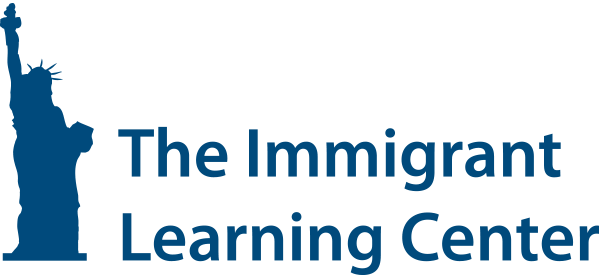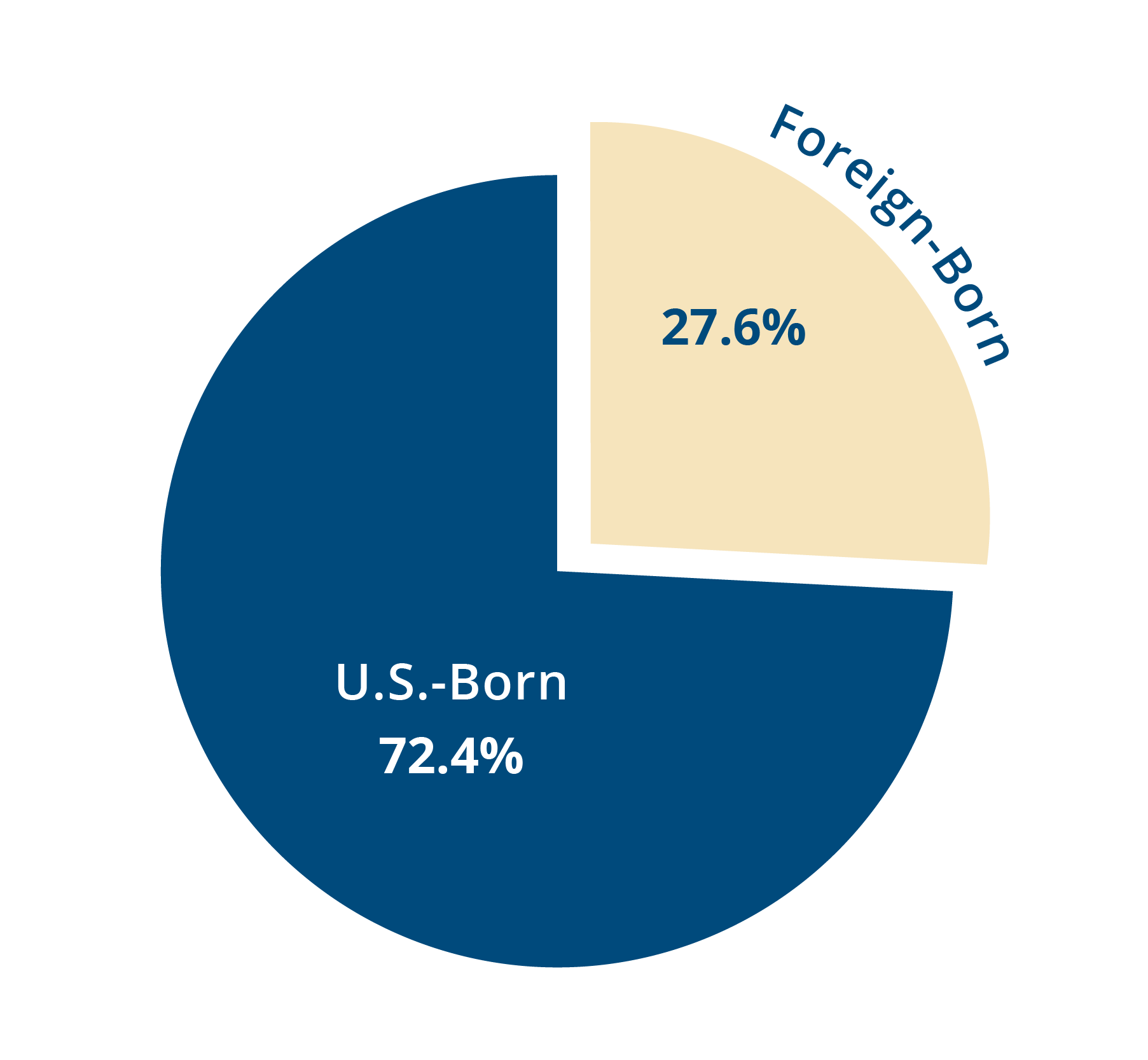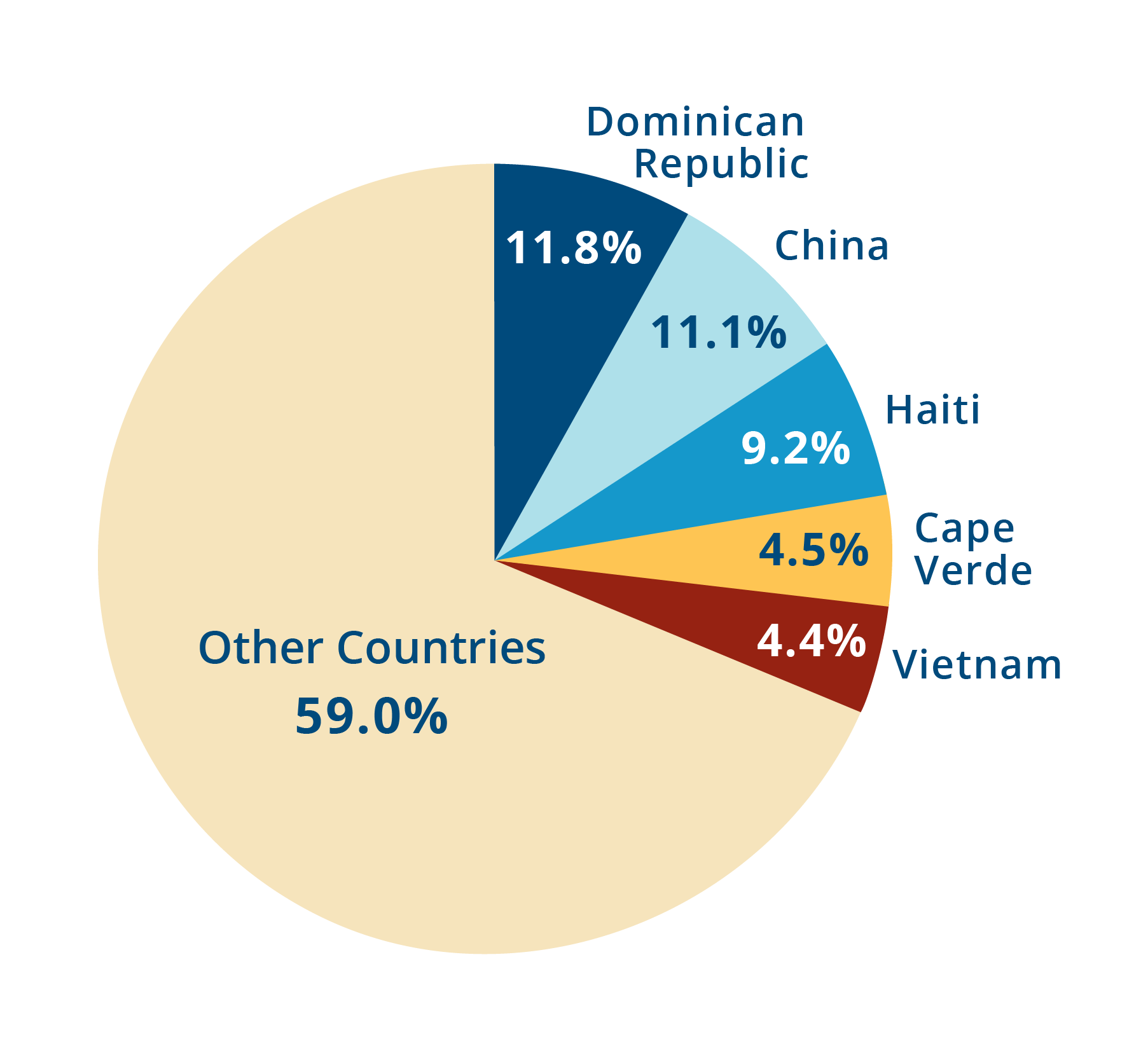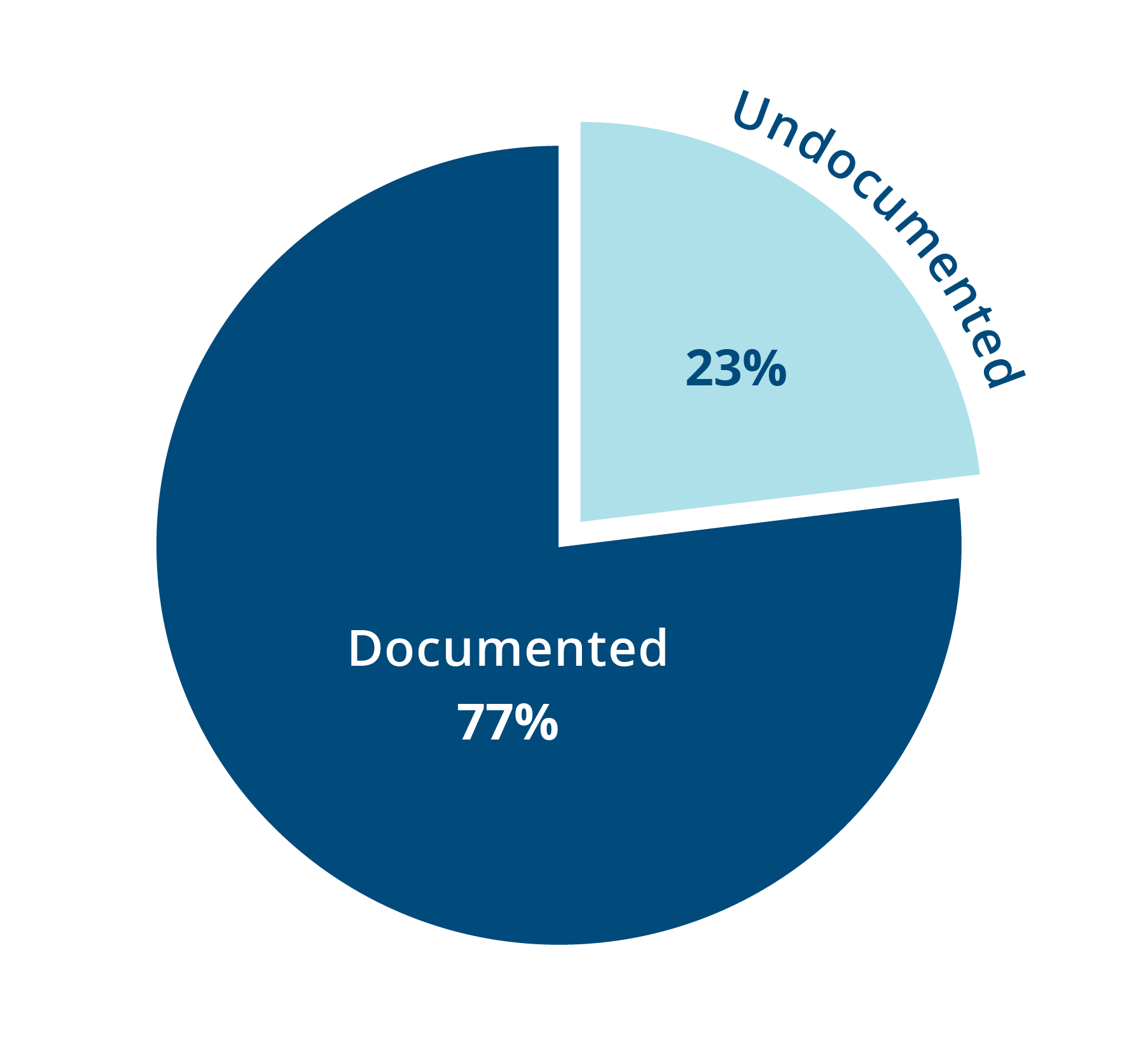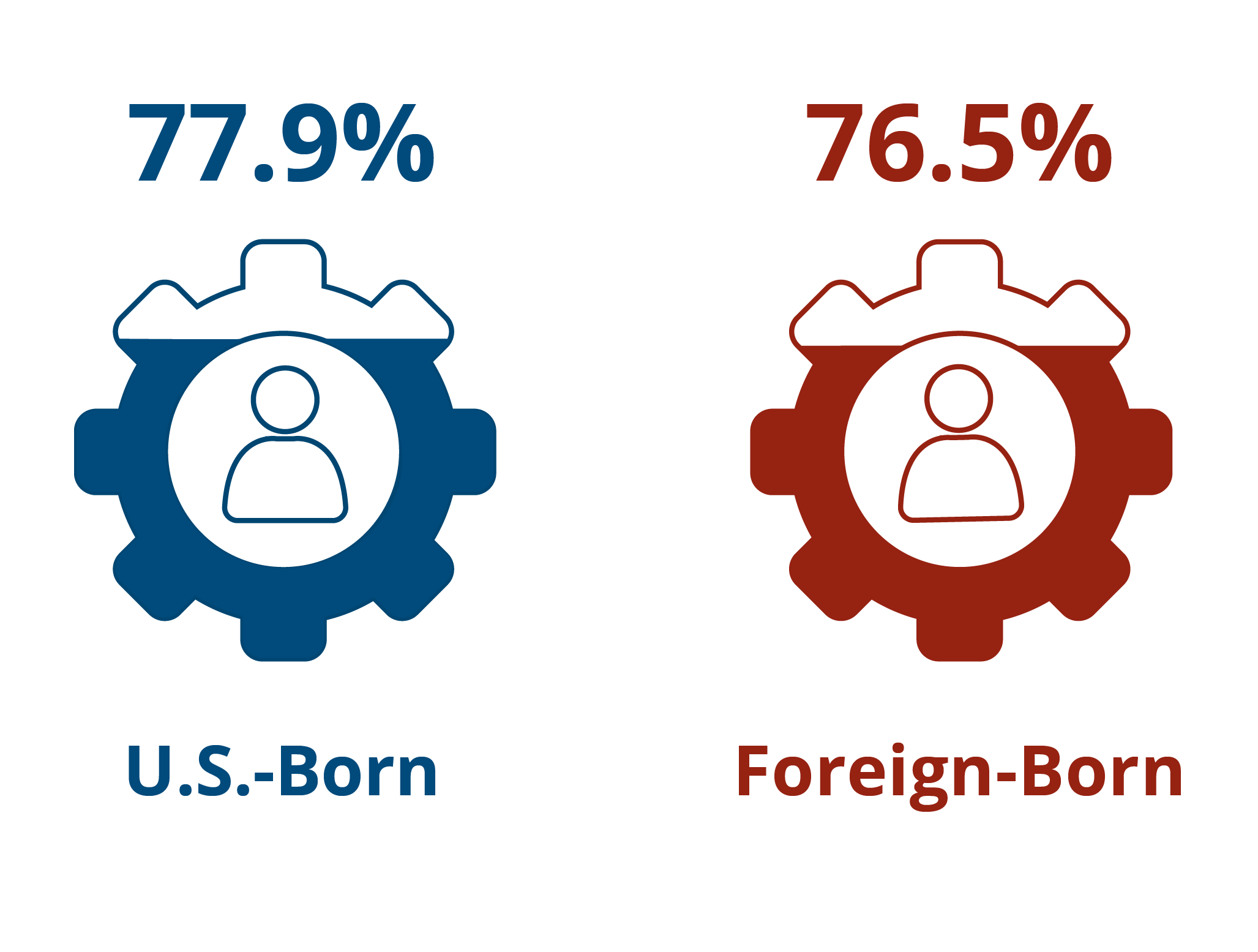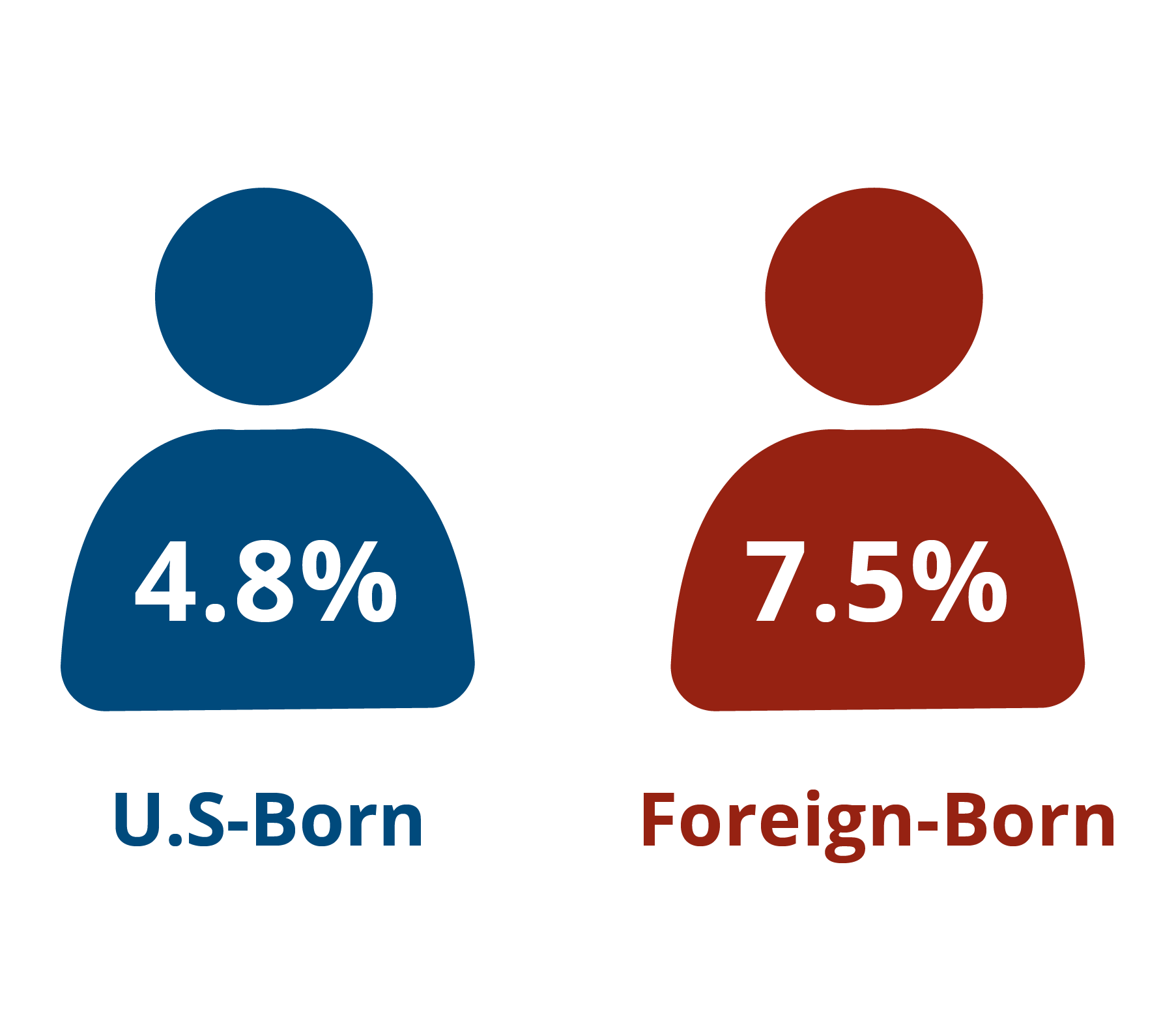The Immigrant Learning Center has compiled a list of quick immigration statistics and facts to answer your most pressing questions about the current immigration landscape in Boston.
Our Quick Massachusetts Stats page has facts on immigrants living in the full Commonwealth of Massachusetts, and our Quick U.S. Immigration Statistics page will give you the basics on immigration in the United States. If you’re looking for more detailed data on Boston immigrant populations, you can request a free, through the Immigration Data on Demand service from the Institute for Immigration Research. If you have questions or suggestions about these Boston Quick Immigration Stats, feel free to contact us at public.education@ilctr.org.
